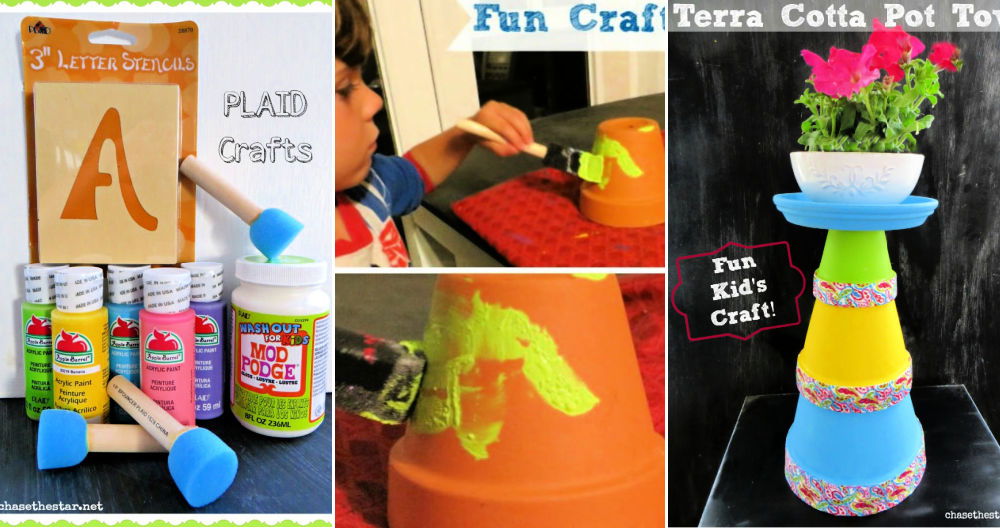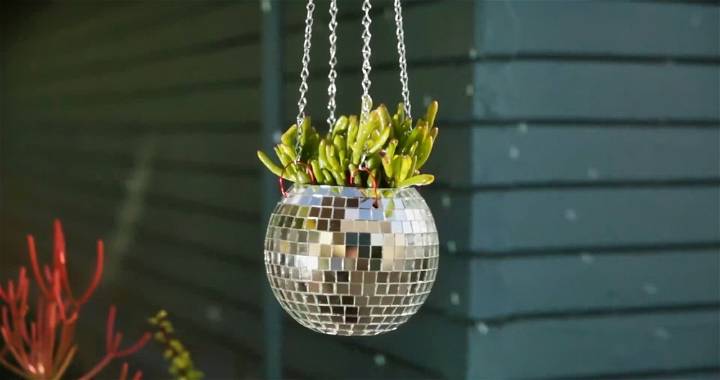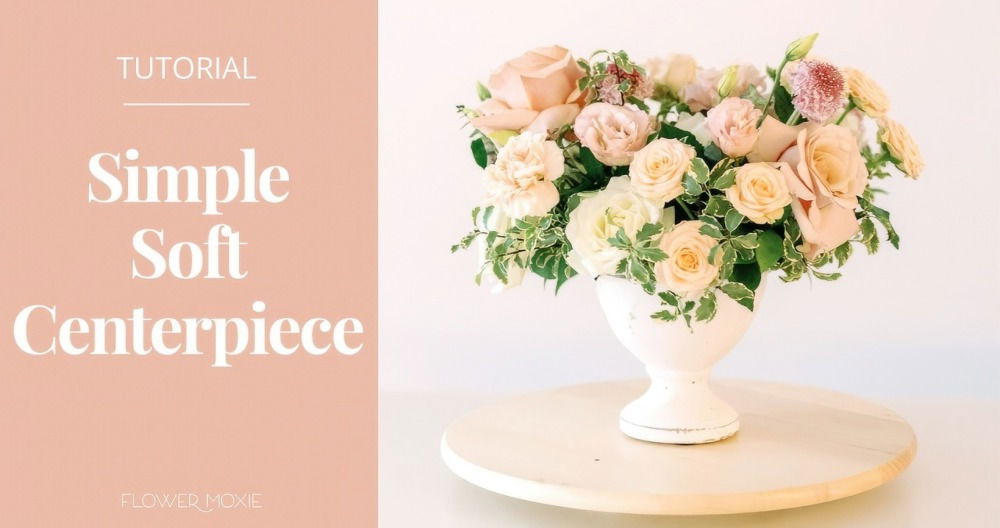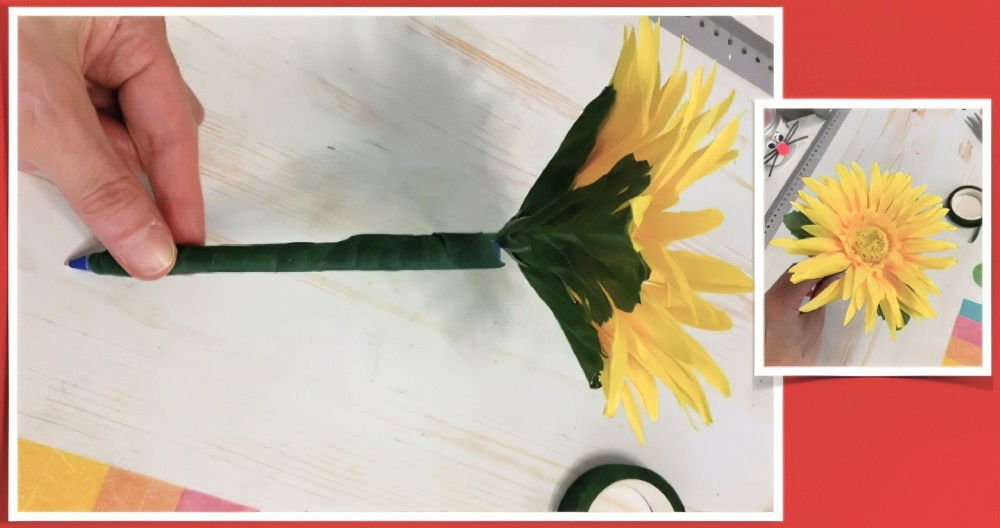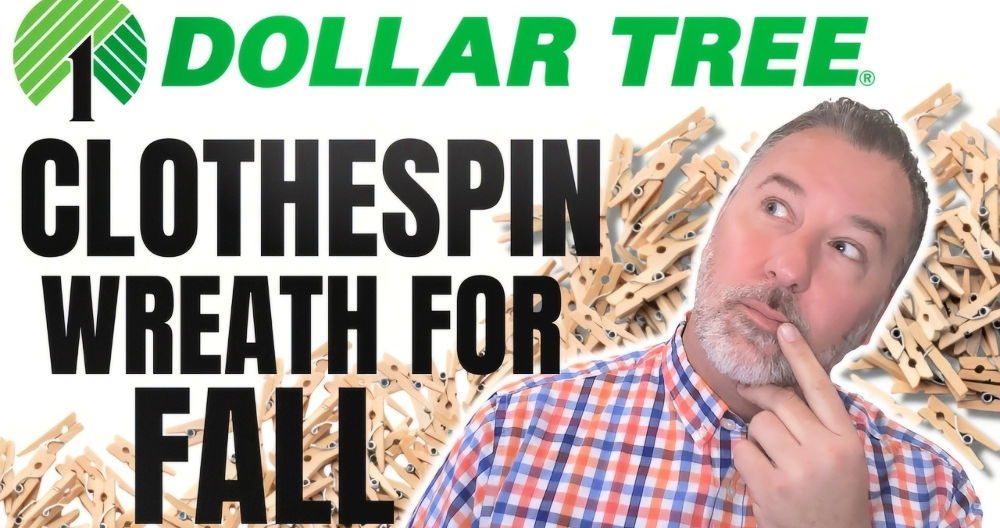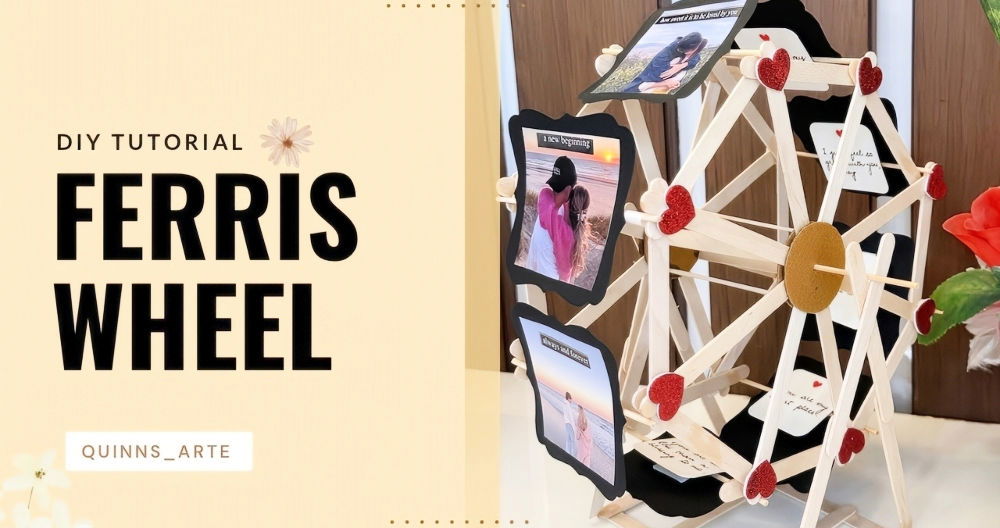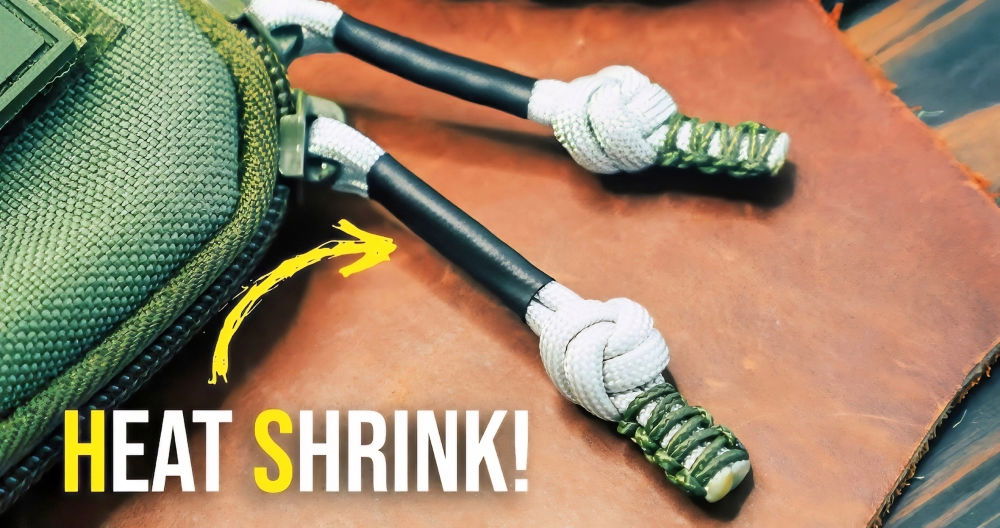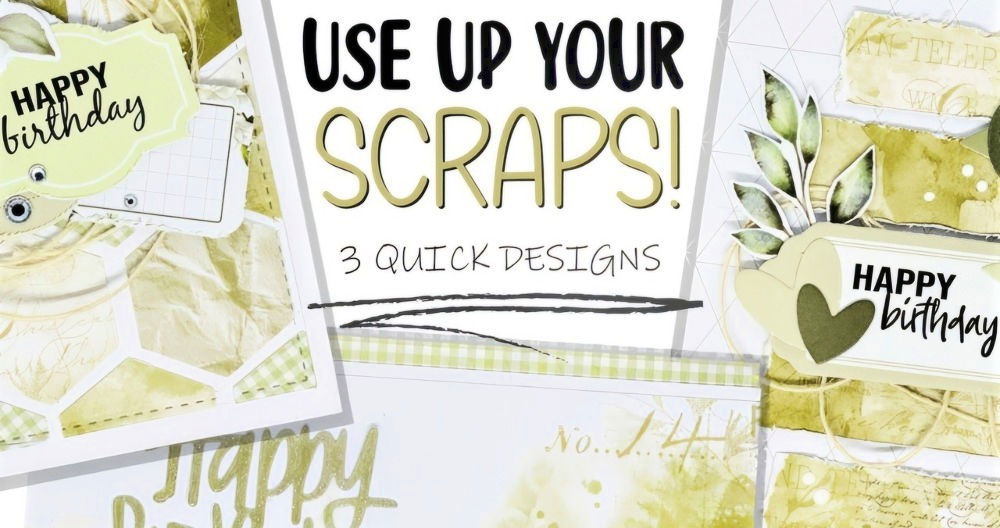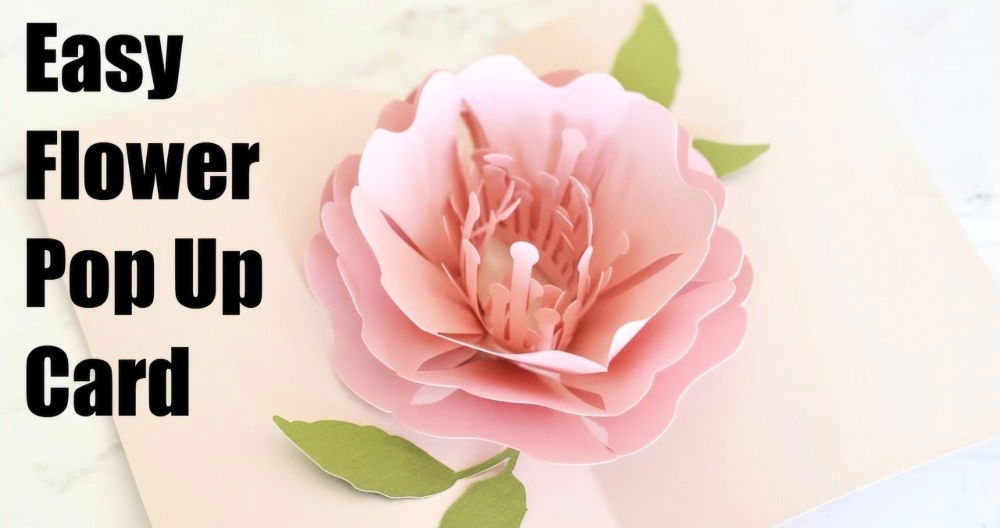Growing tomatoes in an upside-down planter is an innovative gardening technique that is gaining popularity due to its space-saving benefits, aesthetic appeal, and practical advantages. Instead of growing tomato plants in traditional pots or garden beds, upside-down planters allow the plant to grow from the bottom of a container while the roots grow upward in soil inside the planter. This method is not only ideal for small spaces like balconies and patios but also reduces the need for weeding and minimizes pest problems. In this guide, we will explore how to set up your own upside-down tomato planter, provide tips on plant care, and share some of the advantages of using this unique growing technique.
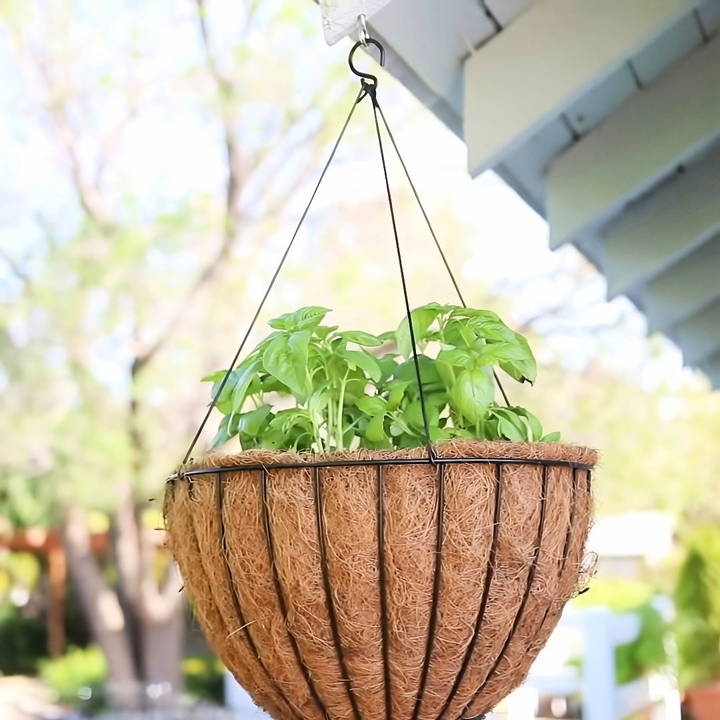
Why Choose an Upside-Down Tomato Planter?
Discover the benefits of using an upside-down tomato planter, including space-saving, healthier plants, and easier access for gardening success.
- Space Efficiency: One of the most appealing aspects of growing tomatoes upside down is the ability to garden vertically. Traditional tomato plants often require large areas due to their sprawling nature, but upside-down planters allow gardeners to hang the plants, saving valuable ground space for other crops or flowers. This makes the upside-down method ideal for urban gardening, where space is often limited.
- Better Air Circulation: Tomatoes grown upside down benefit from improved air circulation. In traditional gardening, air circulation can sometimes be hindered by dense foliage, which can lead to moisture buildup and increase the risk of fungal diseases. Hanging tomato plants upside down helps to improve airflow around the plant, reducing the likelihood of these issues.
- Pest and Disease Control: Pests like slugs, snails, and some types of soil-borne insects are less likely to attack tomato plants when they are suspended off the ground. This can be a significant advantage in maintaining plant health and reducing the need for chemical pesticides. Additionally, because the foliage is elevated, it's easier to spot and address potential diseases early on.
- Reduced Weeding: Since the tomato plant grows from the bottom of a container, weeds are less likely to take root in the planter, saving you the hassle of constant weeding. This not only makes the gardening process more enjoyable but also allows the plant to focus its energy on producing fruit instead of competing with weeds for nutrients.
What You'll Need for an Upside-Down Tomato Planter
Setting up an upside-down tomato planter is relatively simple, and you may already have some of the necessary materials at home. Here's what you'll need:
- A Hanging Basket or Upside-Down Planter: You can purchase specialized upside-down tomato planters, but many gardeners, like in the attached transcript, prefer using a hanging basket for a more attractive appearance.
- A Tomato Plant: Choose a determinate variety, as these plants are more compact and better suited for container gardening.
- Potting Soil: A good-quality potting soil will provide your tomato plant with the nutrients it needs to grow and thrive.
- A Sharp Knife or Scissors: You will need these to cut a hole in the bottom of your planter for the tomato plant.
- Fertilizer: Use a starter fertilizer to give your tomato plant the nutrients it needs to get established. As the season progresses, switch to a fertilizer that supports growth and fruit production.
- Companion Plants (Optional): Some gardeners like to plant herbs, such as basil, in the top of the planter. Basil is an excellent companion plant for tomatoes and helps to repel harmful insects.
Step by Step Instructions
Learn how to make a DIY upside-down tomato planter with these detailed steps. Ideal for maximizing space and boosting growth with companion planting.
Step 1: Prepare the Hanging Basket
If you're using a hanging basket, the first step is to cut a hole in the bottom. This hole should be large enough for the tomato plant's root ball to fit through, but not so large that the plant falls out. As demonstrated in the transcript, carefully cut the hole with a knife or scissors, ensuring it's just the right size to snugly hold the plant.
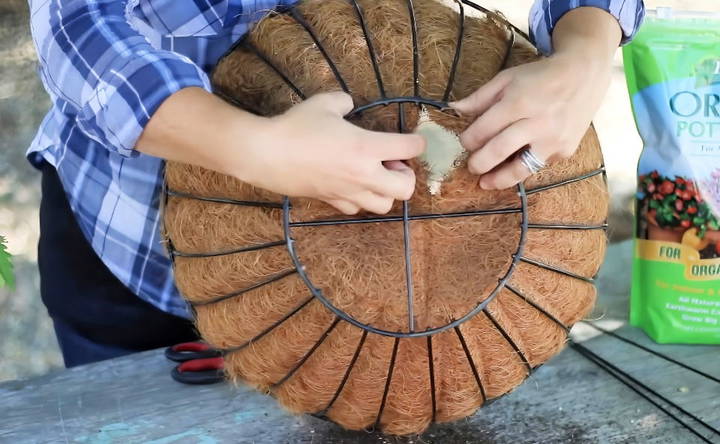
Step 2: Prepare the Tomato Plant
Before placing the tomato plant in the basket, gently break up the root ball. This step, referred to as "breaking the root memory," encourages the roots to grow outward into the soil instead of continuing to circle around in the same shape they were in while in the pot. This helps the plant establish itself more quickly and prevents the roots from becoming root-bound, a condition where they become so tightly packed that they cannot absorb nutrients properly.
Step 3: Insert the Tomato Plant into the Planter
Carefully ease the tomato plant through the hole you made in the bottom of the basket. Make sure the plant's roots are inside the basket, while the stem and leaves hang down. Once the plant is in place, secure the liner around the top of the root ball to ensure the plant stays securely in position.
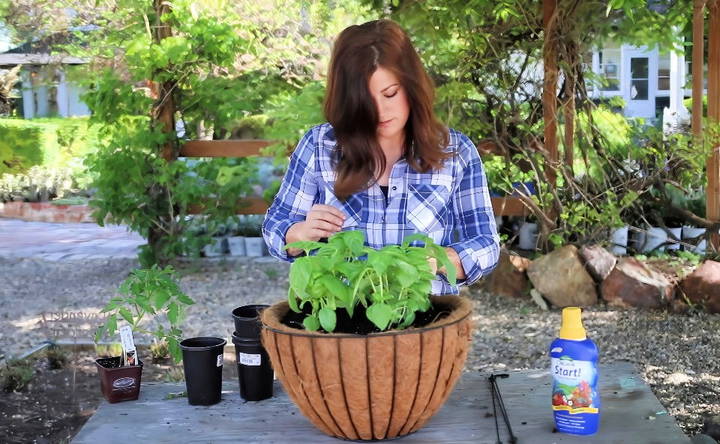
Step 4: Add Soil and Optional Companion Plants
Once the tomato plant is in place, fill the basket with potting soil. Make sure the soil is well-packed around the roots to provide support for the plant. If you're planning to grow companion plants, such as basil, in the top of the basket, now is the time to plant them. As noted in the transcript, basil and tomatoes are a perfect match, both in the garden and on the plate. Their flavors complement each other, and basil also helps deter pests that may harm your tomatoes.
Step 5: Hang the Planter
Once everything is planted, hang the basket in a sunny location. Tomatoes require at least 6 to 8 hours of sunlight per day, so make sure to choose a spot that receives plenty of direct sunlight. Secure the hanging basket well to ensure it can support the weight of the soil, plant, and eventually, the fruit.
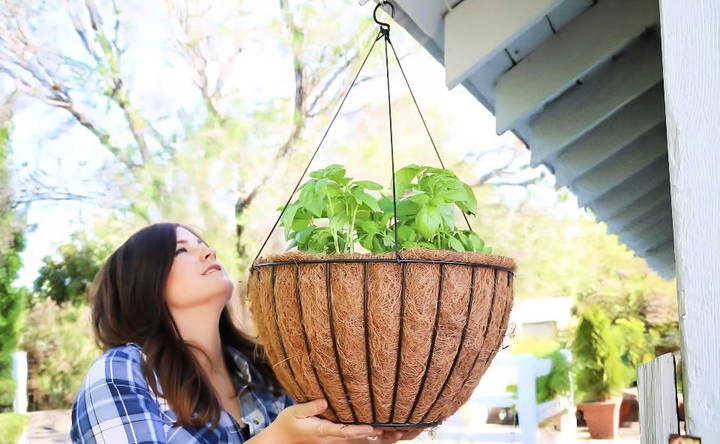
Step 6: Water and Fertilize Regularly
Tomatoes grown in containers need consistent watering, especially when grown upside down, as the water can drain quickly. Water the planter thoroughly, making sure the soil stays moist but not waterlogged. Start with a good quality starter fertilizer and, as the plant grows, switch to a fertilizer designed to encourage fruiting.
Choosing the Right Tomato Variety
When selecting a tomato variety for your upside-down planter, it's essential to choose a determinate variety. Determinate tomatoes grow to a certain size and stop, making them ideal for container gardening, as they remain compact. Indeterminate varieties, on the other hand, continue to grow throughout the season and can become quite large, which can make them unwieldy in an upside-down planter.
Some popular determinate tomato varieties include:
- Roma: Known for its firm, meaty texture, Roma tomatoes are perfect for sauces and canning.
- Bush Early Girl: This compact plant produces small to medium-sized fruits early in the season.
- Willamette: Mentioned in the transcript, the Willamette variety produces medium-sized tomatoes and is well-suited to upside-down planters.
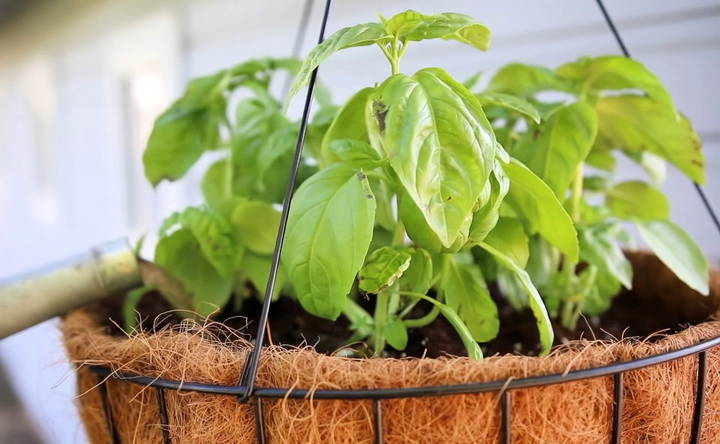
Benefits of Companion Planting
As mentioned earlier, planting herbs like basil in the top of the basket can be beneficial for your tomatoes. Companion planting not only maximizes the use of space but also enhances plant growth and health. Basil, for example, repels pests such as aphids and mosquitoes that might otherwise harm your tomatoes. Other companion plants you can consider for your upside-down planter include:
- Marigolds: Known for their pest-repellent properties.
- Parsley: Another herb that grows well with tomatoes.
- Lettuce: A small plant that can thrive in the same environment as your tomatoes without competing for resources.
Maintenance Tips for Upside-Down Tomato Planters
- Regular Pruning: To keep your tomato plant healthy and productive, regular pruning is essential. Remove any dead or yellowing leaves, as well as any suckers (small shoots that grow between the main stem and the branches). This ensures the plant's energy is directed towards producing fruit.
- Monitor for Pests and Diseases: While upside-down planters reduce the risk of some pests, it's still important to regularly inspect your plants for signs of disease or infestation. Keep an eye out for common tomato problems such as blossom end rot, early blight, or aphids.
- Harvesting: Tomatoes are best harvested when they are fully ripe, which typically means they are firm and have reached their full color. Gently twist the fruit off the vine, being careful not to damage the plant.
Conclusion
An upside-down tomato planter is a fun and practical way to grow tomatoes, especially in small spaces. With the right setup, care, and attention, you can enjoy a bountiful harvest of fresh tomatoes right from your patio or balcony. The process is simple, and the benefits, from pest reduction to space-saving, make it a great choice for both beginner and experienced gardeners. Happy gardening!
FAQs for Upside Down Tomato Planter
Discover quick answers to common questions about the upside-down tomato planter for thriving tomatoes in small spaces.
Use determinate varieties of tomatoes, as they grow to a compact size. Indeterminate varieties grow too large and could overwhelm the planter. Varieties like Roma or Willamette are ideal choices.
Check the soil daily and water whenever it feels dry about an inch below the surface. Tomatoes in containers can dry out faster, so consistent watering is crucial.
Yes, start with a starter fertilizer when planting. Then, switch to a grow formula throughout the season. Fertilize every two weeks during the growing season for optimal results.
It’s best to stick to one tomato plant per basket. Planting more than one may cause competition for nutrients, and tomatoes are heavy feeders that need space to grow properly.
Companion plants like basil are great for growing at the top of the planter. Basil repels pests and pairs well with tomatoes, both in the garden and the kitchen.
No staking is required for determinate varieties, but indeterminate plants may try to grow upwards and require additional support. Make sure your basket is secure.
Yes, it's natural for the plant to grow toward the light, but the weight of the tomatoes will keep it hanging down. Proper support at the planting stage can help prevent breakage.
Basil can wilt in direct sunlight, especially in hot climates. Consider providing some shade during the hottest parts of the day to prevent wilting.
Use netting or bird deterrents if you notice damage to your tomatoes. Companion planting with basil or marigolds can also help repel certain pests.
Yes, some gardeners have had success with peppers and strawberries. Just ensure the planter provides enough space and nutrients for the chosen plant.
nt YouTube channels and gardening blogs.


